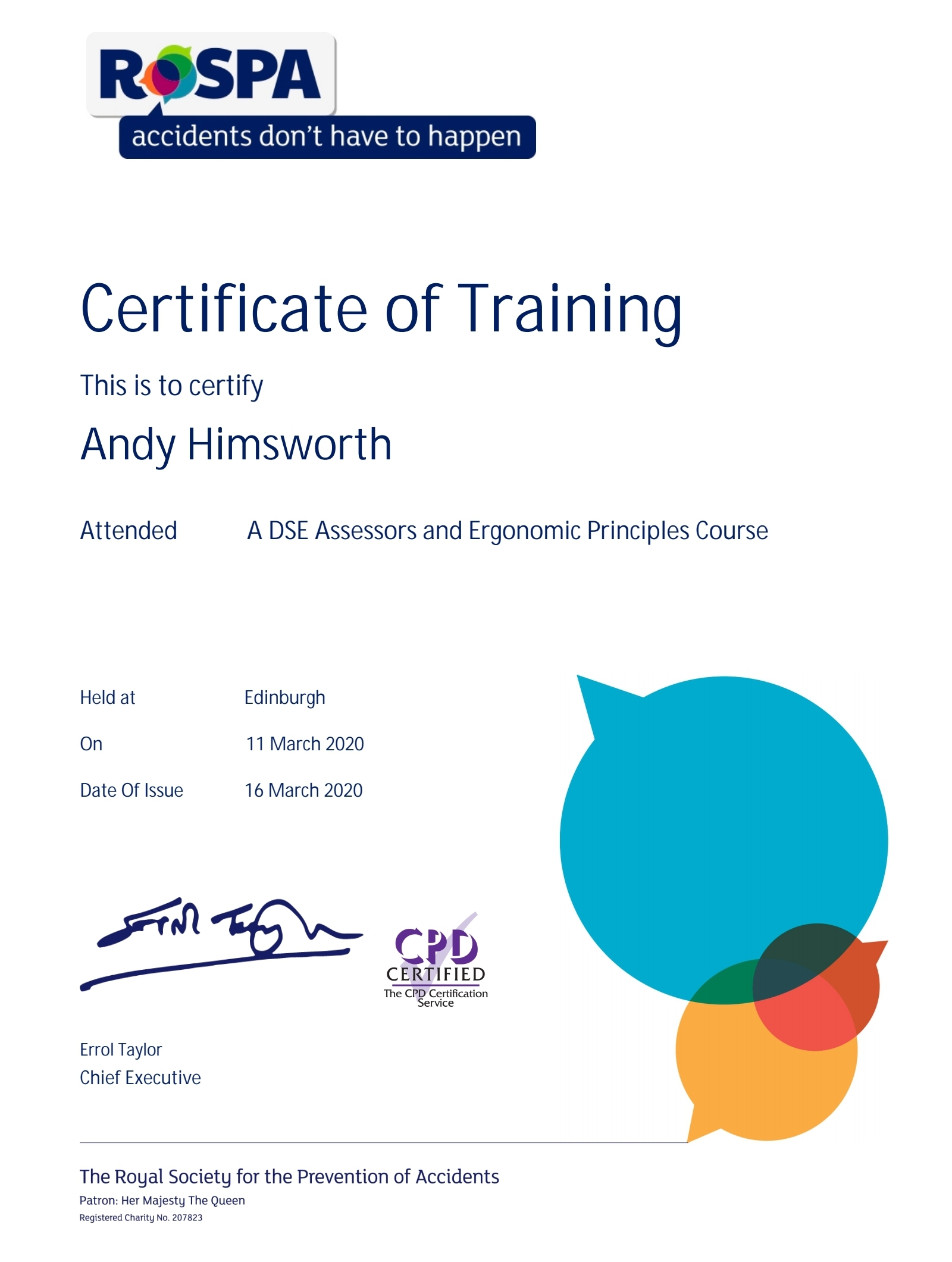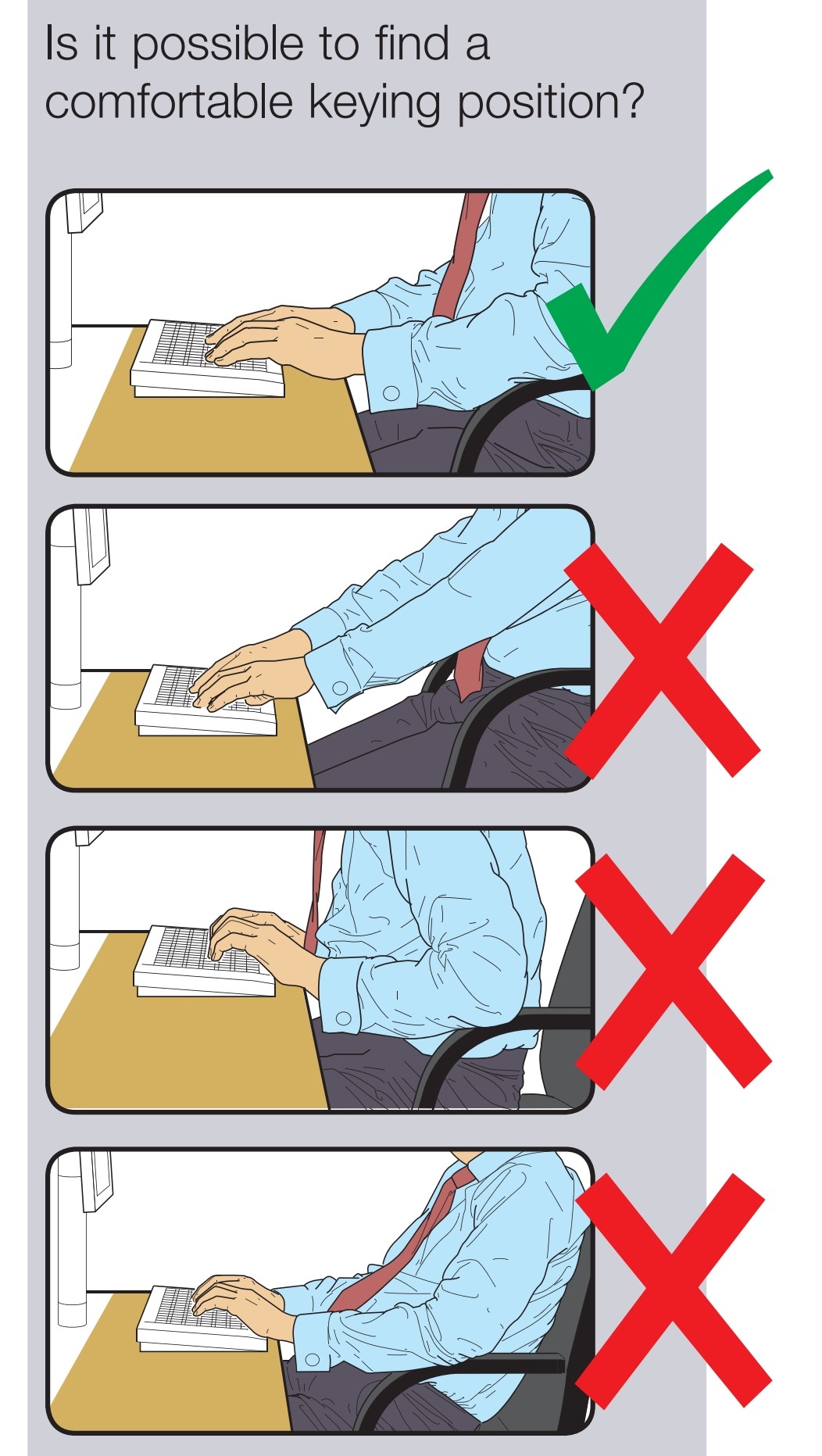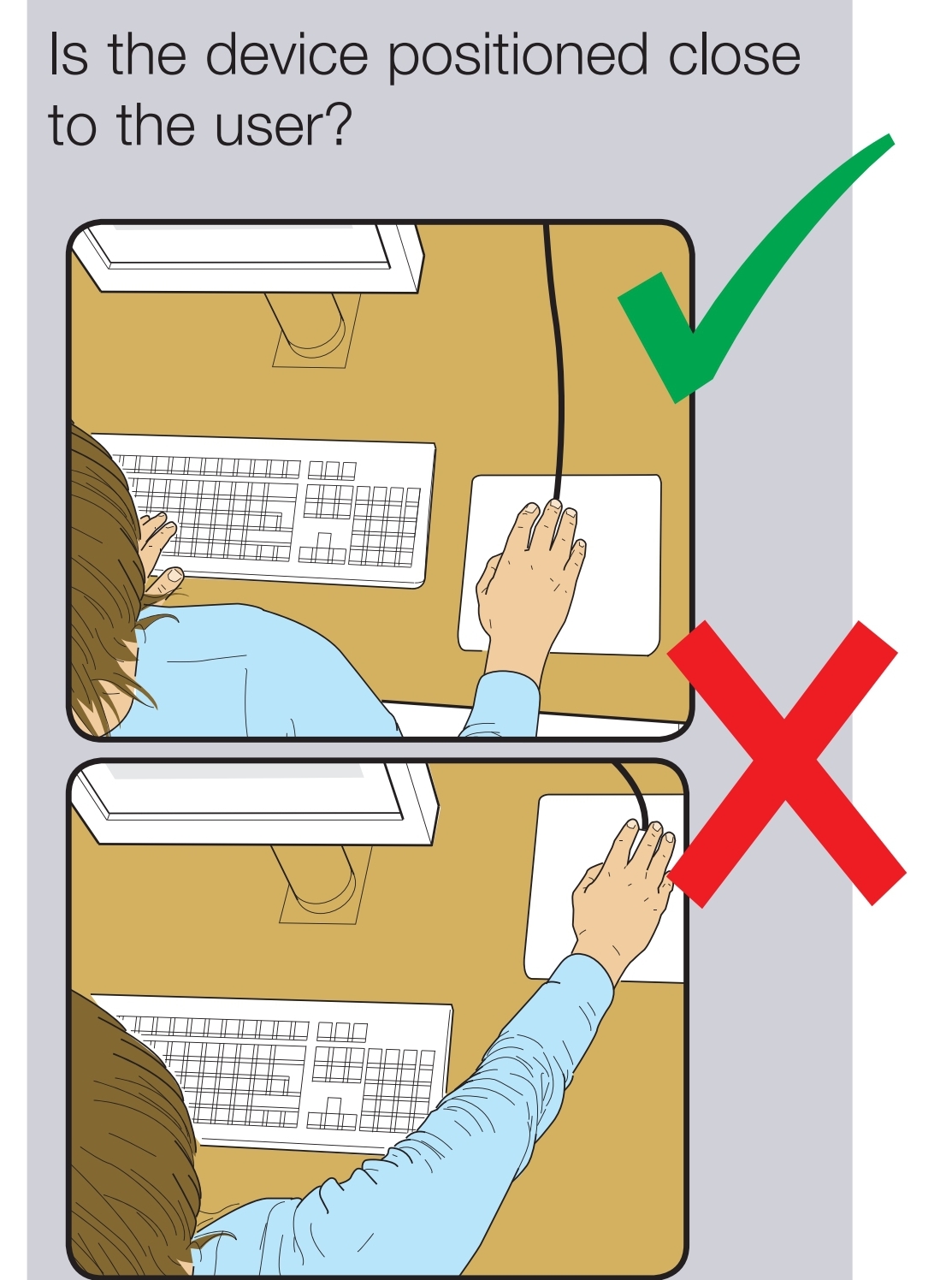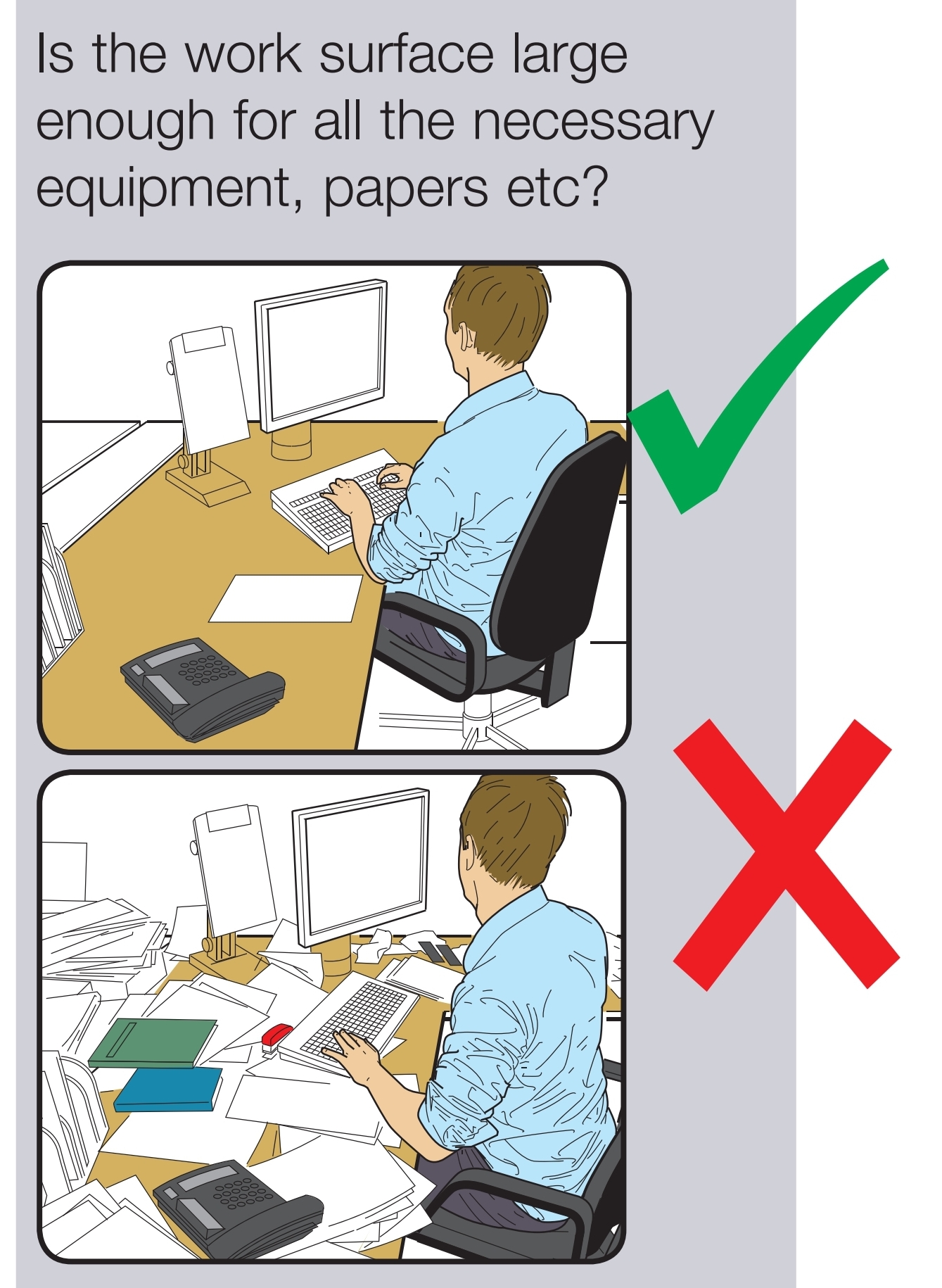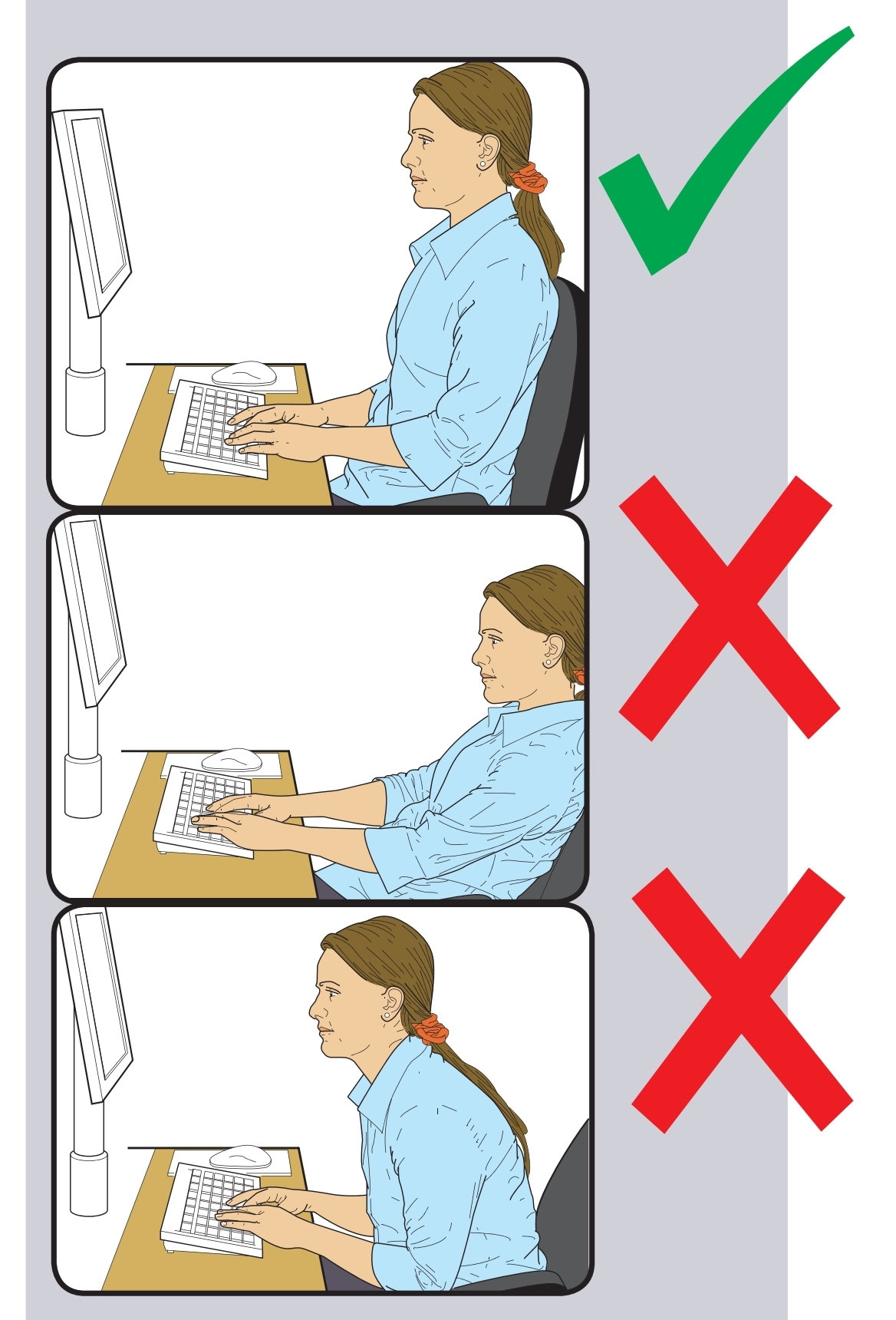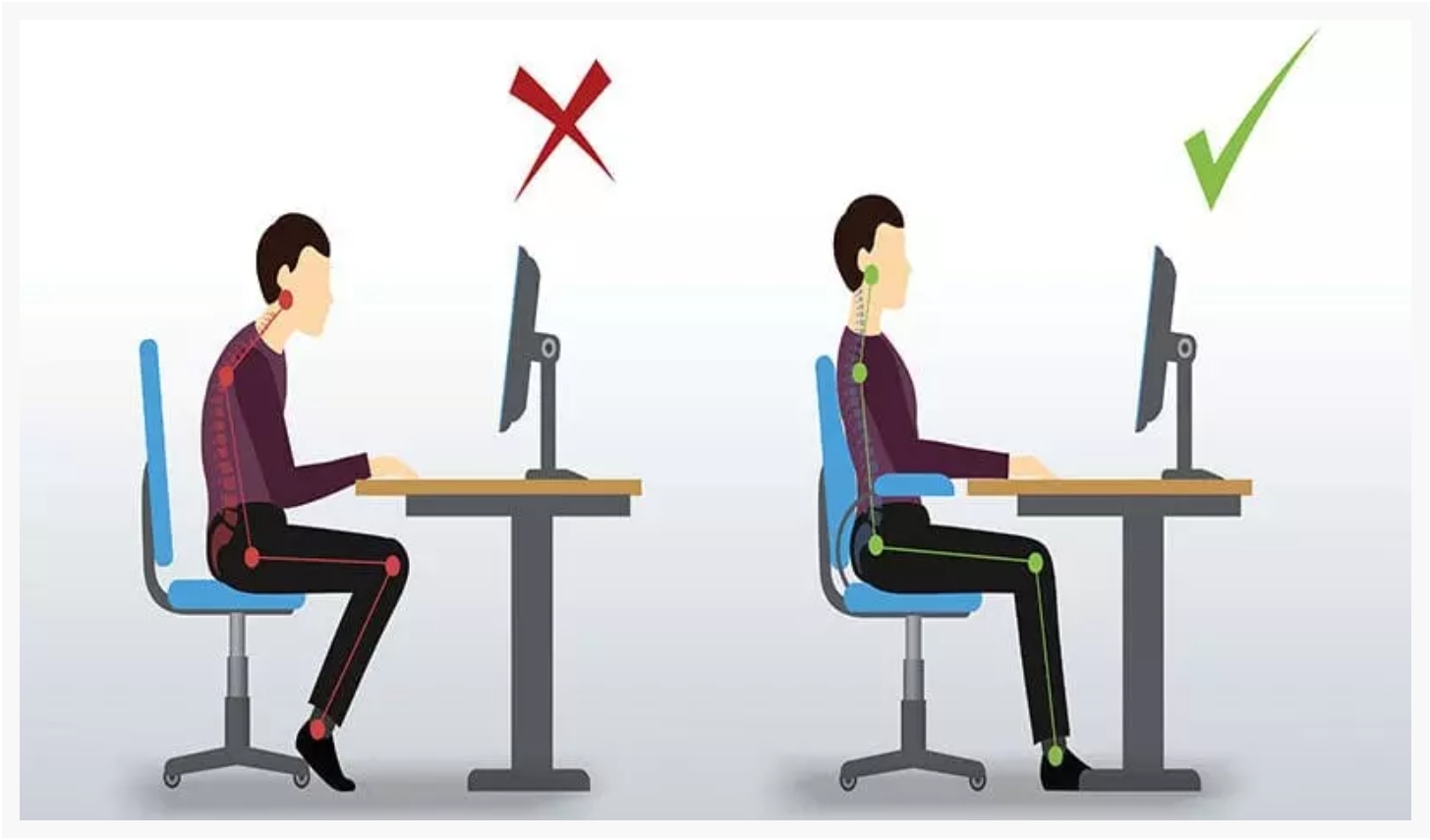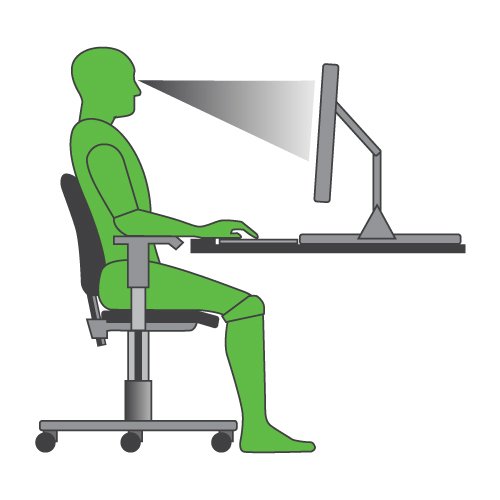Information
-
Staff name - job role
-
Conducted on
-
Prepared by
-
Andy HIMSWORTH TechIOSH AIIRSM AIFSM - DSE Assessor Certificate
-
Location
DSE Workstation Assessment
Workstation information
-
The Health and Safety (Display Screen Equipment) Regulations apply to workers who use DSE daily, for an hour or more at a time. We describe these workers as 'DSE users'. The regulations don't apply to workers who use DSE infrequently or only use it for a short time.
-
Date of assessment:
-
Workplace location (office space):
-
Checklist completed by:
Display screen(s) - where multiple screens are used each screen must be assessed
-
Is the text on the screen easy to read?
-
Is the image on the screen stable (free from flicker and jitter)?
-
Is the screen suitable for its intended use?<br>(e.g. An application with intensive graphic work is required may require a larger screen)
-
Are the brightness and/or contrast adjustable?
-
Does the operator know how to adjust the screen?
-
Can the screen be swivelled or tilted?<br>Swivel and twist mechanisms need not be built in. The operator should be able to adjust the screen to a comfortable viewing position.
-
Is the screen free from glare and reflections?
-
Is the operators line of sight free from bright light sources (mirrors, windows, bright list)?
-
Are adjustable window coverings provided and are they in adequate condition?
Keyboard
-
Is the keyboard separate from the screen?<br>This is a requirement, unless the task makes it impracticable
-
Does the keyboard tilt?
-
Is it possible to find a comfortable keying position?
-
-
Does the user have a good keyboard technique?<br>Good technique prevents<br>-hands bent at the wrist<br>-hitting the keys too hard<br>-over stretching the fingers
-
Are the characters on the keys easily readable?
Mouse - device pad
-
Is the device suitable for the task?
-
Is the device positioned close to the user?
-
-
Does the device work smoothly at a speed that suits the user?
-
Is there support for the users wrist and forearm?
-
Can the user easily adjust the software settings for speed and accuracy of the pointer?
Software
-
Is the software suitable for the task?
Furniture - chair & working position
-
Is the work surface large enough for all the necessary equipment, papers etc?
-
-
Can the user comfortably reach all the equipment and papers they need to use?
-
Are surfaces free from glare and reflection?
-
Is the chair suitable?
-
Is the chair stable?<br>Does the chair have a base with 5 legs?
-
Does the chair have working:<br>- seat back height and tilt adjustment<br>- seat height adjustment<br>- swivel mechanism<br>- castors or glides
-
-
Is the seat adjusted correctly?
-
Is the small of the operators back supported by chairs backrest?
-
Are the forearms horizontal?
-
Are the operators eyes roughly level with the top of the VDU?
-
Are the feet flat to the floor without too much pressure from the seat on the back of the legs?
-
Is the floor under the workstation free from obstructions?
Environment
-
Is there enough room to change position and vary movement?
-
Is the lighting suitable?<br>Not too bright or not to dim to work comfortably
-
Are the lights fitted with diffusers?
-
Does the air feel comfortable?
-
Are the levels of heat comfortable?
-
Are the levels of noise comfortable?
Eye tests, breaks / issues
-
Is the user aware of the company policy on eye and eyesight testing? Contact HR department for details of glasses / prescription queries uk-hr-team@mobilemini.co.uk
-
The law says employers must plan work so there are breaks or changes of activity for employees who are display screen equipment (DSE) users.
There is no legal guidance about how long and how often breaks should be for DSE work. It depends on the kind of work you are doing. Take short breaks often, rather than longer ones less often. For example 5 to 10 minutes every hour is better than 20 minutes every 2 hours. Ideally, users should be able to choose when to take breaks.
In most jobs it is possible to stop DSE work to do other tasks, such as going to meetings or making phone calls. If there are no natural changes of activity in a job, employers should plan rest breaks.
Breaks or changes of activity should allow users to get up from their workstations and move around, or at least stretch and change posture. -
Is the user able to take regular breaks away from the VDU?
-
Has the user experienced any problems using the computer?
-
Has the operator experienced any discomfort using the computer?<br>- numbness and tingling in hands or arms<br>- dry sore eyes<br>- stress and tension<br>-headaches
Statement & signature
-
As a result of the information & advice given during this assessment I will follow the guidance & review my working area regularly. I'm aware of the need to maintain good posture as below.
-
-
Photo evidence of workspace set-up at time of DSE assessment - covering all sections above in situ.
-
Staff sign
-
Observations at time of DSE assessment - highlight good practice & actions raised from DSE assessor.
-
Assessor's signature






